Four successful women – and very passionate golfers – come together to address some pertinent questions in the sport.
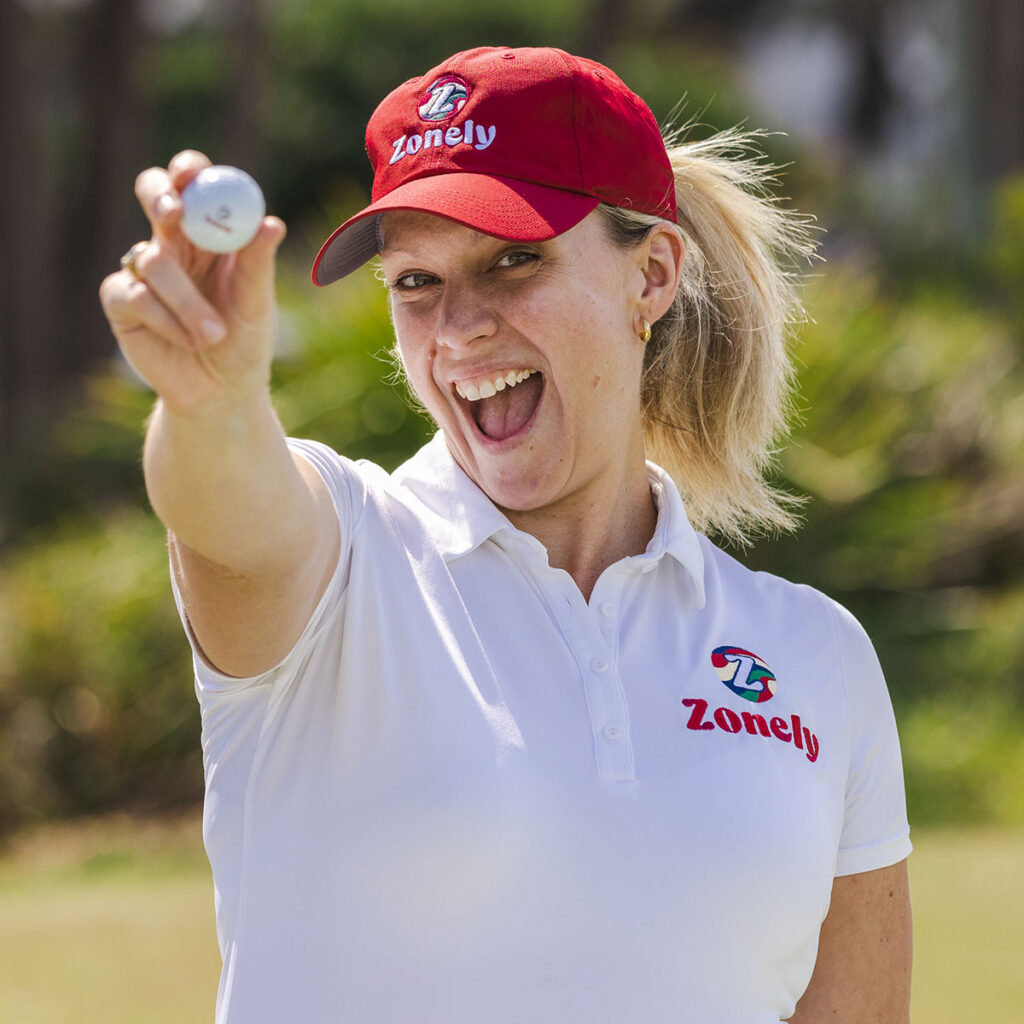
ALICIA NAGLE
Founder of the Zonely social sports community
Granddaughter of Aussie golf legend Kel Nagle
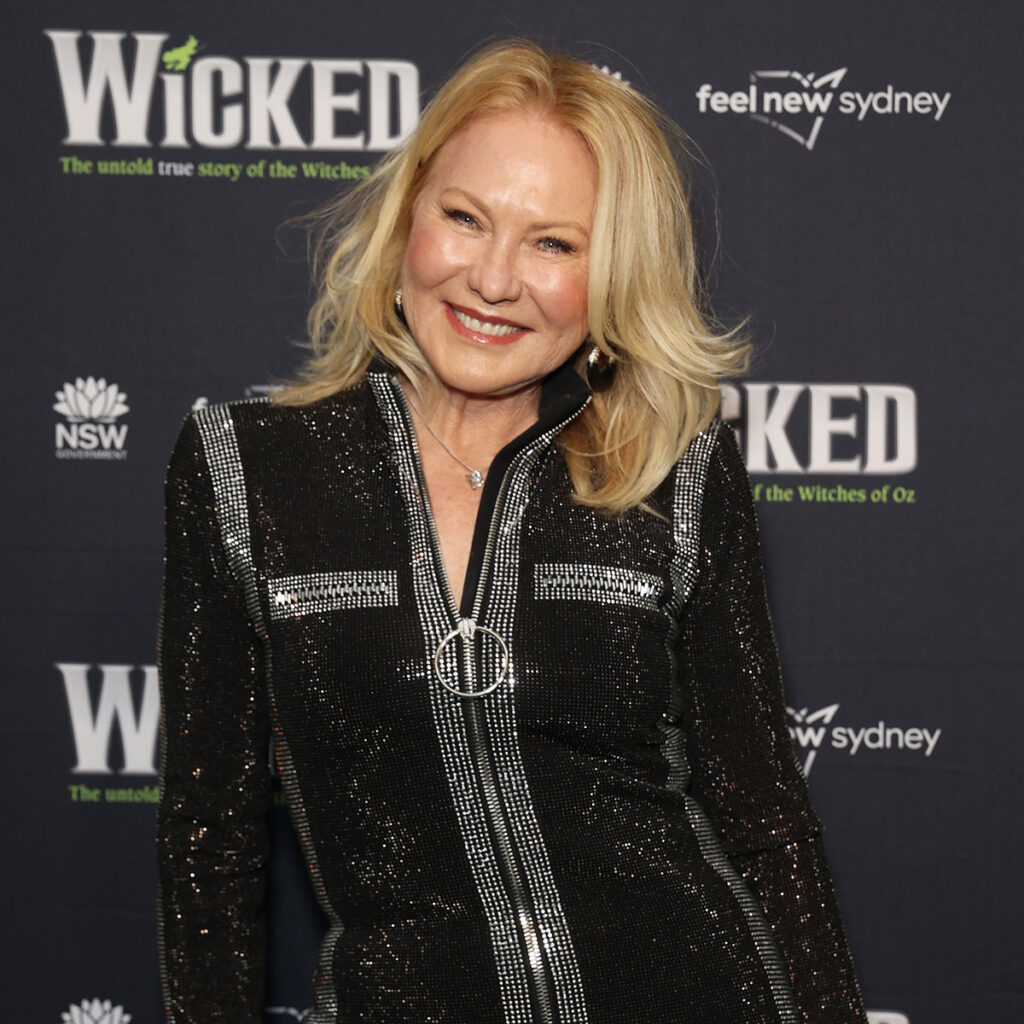
KERRI-ANNE KENNERLEY
Dame of Australian daytime TV
Former Golf Australia board member
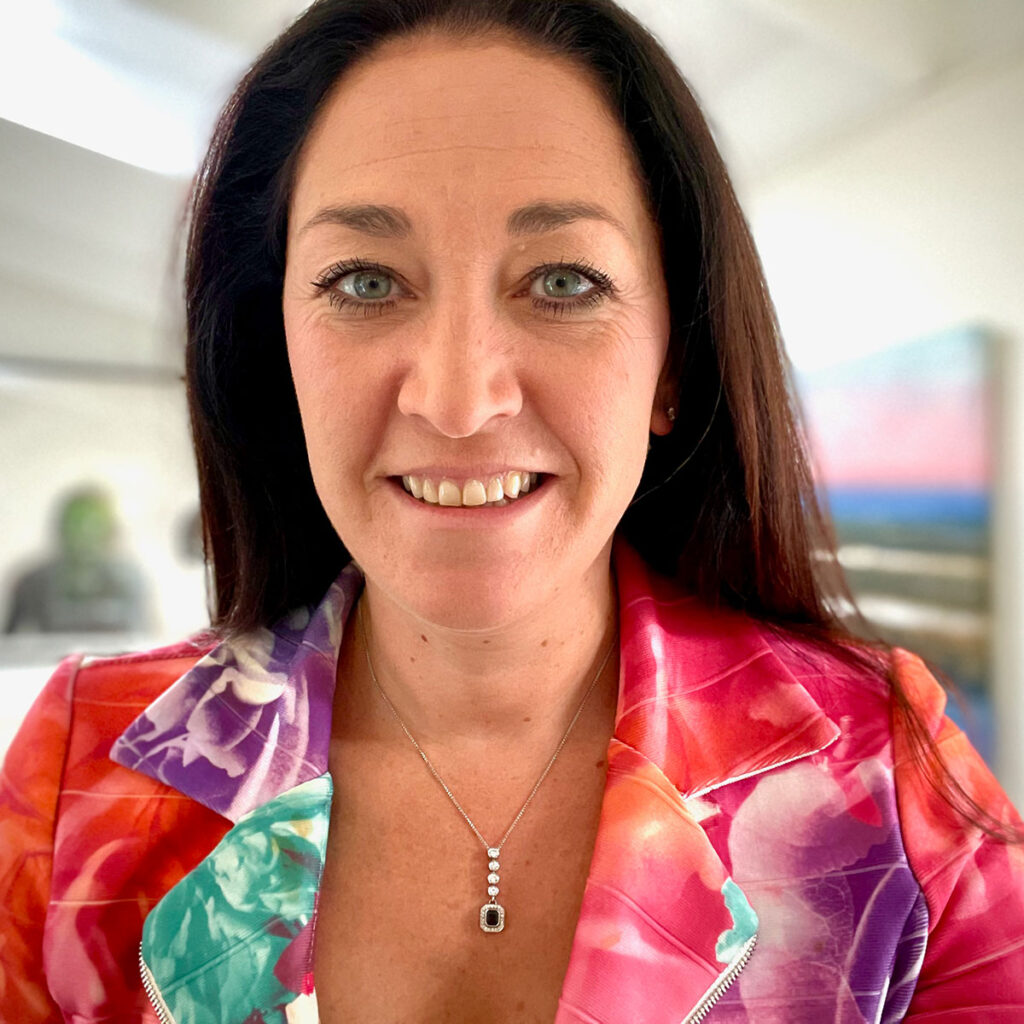
JESSICA EDEN
Director of Bison United
Founder of the Australian Women’s Golf Network

KAREN LUNN
WPGA Tour of Australasia CEO
First-ever woman to chair the Australian Golf Industry Council
Australian Golf Digest Women: Let’s cut straight to the point – how can golf clubs create a more welcoming and inclusive environment to encourage more women to take up golf and keep the momentum going?
Jessica Eden: First, clubs should ensure that there is diversity among their leadership and staff. Having women in prominent roles sends a message of inclusivity and equality. They should also make sure the facilities – including restrooms and locker rooms – are clean, well maintained and easily accessible to all, regardless of gender. Clubs must be more flexible with their tee-times to accommodate various schedules. Some women may prefer early morning or late afternoon. Tee-times need to accommodate family and work commitments. Create a family-friendly atmosphere by offering child-care services, family tee-times, and activities that allow women to involve their families in the golf experience. It also wouldn’t hurt if clubs used more inclusive language and imagery in their marketing materials – showcase women golfers of different ages, backgrounds, and skill levels to demonstrate that golf is for everyone. They should also organise more social events and networking opportunities for women golfers. Creating a sense of community can help women feel more comfortable and connected to the golf club. Speaking of comfortable, all clubs should re-evaluate and, if necessary, revise their dress codes to ensure they are not overly restrictive or gender-specific. Make sure that the dress code is fair and accommodating. Finally, I’d say they should establish a feedback mechanism, such as suggestion boxes or surveys, where women can voice their concerns and ideas for improvement. Act on the feedback received to continually enhance the golf experience.
Alicia Nagle: Before I begin, I wanted to add that this discussion addresses how to get more women – and people who identify as women – accessing, learning and playing golf. However, in my opinion, this doesn’t go far enough. Golf has a history of treating gender as binary and absolute. Where possible, it would be good to progress this conversion from “how to get more women into golf” to “how do we get more women, and gender non-binary folk, but also people of colour, First Nations people and also people who identify as LGBTQI+ into golf”. It’s this progression of all-inclusion that would help leave behind the stigma that golf is a “white man’s game”. For the inclusion of gender non-binary folk, for example, we could design a spectrum of things from something seemingly small like changing of all golf course tees to becoming ‘forward’ and ‘back’ rather than ‘men’ and ‘women’ with the distances being based on golf ability or handicap rather than gender, all the way to changing clubhouse infrastructure to include unisex change rooms and bathrooms. Overall, though, I think many clubs and courses are working hard to create lasting change for gender inclusion in their golf clubs by becoming a welcoming community for all. This has started from simple things like adding more visible imagery and trophies in the clubhouse celebrating female members, so when women first walk in, they feel welcome and represented; to an equal amount of competitions for women with equal prizes for the women’s comps to the men, and so on. There is usually a program strategy in place at clubs that allows women to join a women-only beginners program – sometimes it’s mixed gender – which includes an introduction to the sport, the rules, the club itself and the community. It usually runs from 4-6 weeks and often it is during this program when some women connect with the club offering and join up and there are others that don’t, for a variety of reasons. Sometimes the ‘onboarding’ of new players stops at the end of this program, because it might be run alongside the governing body. Sometimes some women haven’t found ‘friends’ that they feel comfortable playing with, when you consider they are still very much a beginner and will be for quite some time after the program. Some might not still feel confident enough. Some might not want to join a club after all and want to be part of a social golf club, like Zonely. Flexibility is the key and when there is limited flexibility with the learning pathway – for example, at some clinics, players must attend the golf clinic every week on a Saturday at a certain time and that doesn’t work for busy people who are juggling life and family commitments – some players I know have dropped out of the clinics because of this and their motivation for the sport wanes. Some clubs do offer a pay-as-you-go-style clinic where people can drop in whenever they can find the time. It is still on the same day and at the same time every week, but they are not locked into back-to-back weeks. This seems to be working for some clubs.
Karen Lunn: More women working in clubs and facilities will definitely help. Relax dress rules to cater for girls and younger women, get rid of the notice boards telling people all the things that they can’t do! The first experience and touchpoint for a woman arriving at a golf club or facility needs to be a positive one.
Kerri-Anne Kennerley: To encourage more women into golf, I wonder if contacting local sporting clubs (netball, tennis, cricket, etc.) to see if those sports-minded women were looking to transition to a second sport? Those women of similar ages and sporting ability might be more inclined to get into golf as they already have a sports mindset. We know golf is a difficult game and the attrition rate of women already sports-minded might be less. And given they are in a catchment of a golf club, trying out their local golf club would be convenient in terms of travel.
AN: I’d also add, that by segregating women’s programs from the beginning, we run the risk of these women not developing the confidence to play with men at the club, and this is a challenge when we know that less than 30 percent of total memberships in Australia are women. This is also the case when women might be offered to play a charity or corporate golf day through the club or through work, for example. If they have only ever learnt to play alongside women, then the divide and potential feelings of intimidation can become even greater. At Zonely, we are an all-inclusive golf community, which means any golfer, of any ability, disability or gender, can join to play social golf with our community. We are creating a non-intimidating, fun, welcoming and respectful community. It’s something that our members say has been missing, and about 60 percent of our membership are women. I am deliberately building inclusive experiences across all genders so people get used to playing with all types of people. When clubs ask women to join, if they don’t know any of the members, how can they be sure they are their ‘kind of people’? Some type of pre-join event where the new female members can get to know people at the club first would be useful, as, from the outside, it can seem like quite a closed community.
▶ ▶ ▶
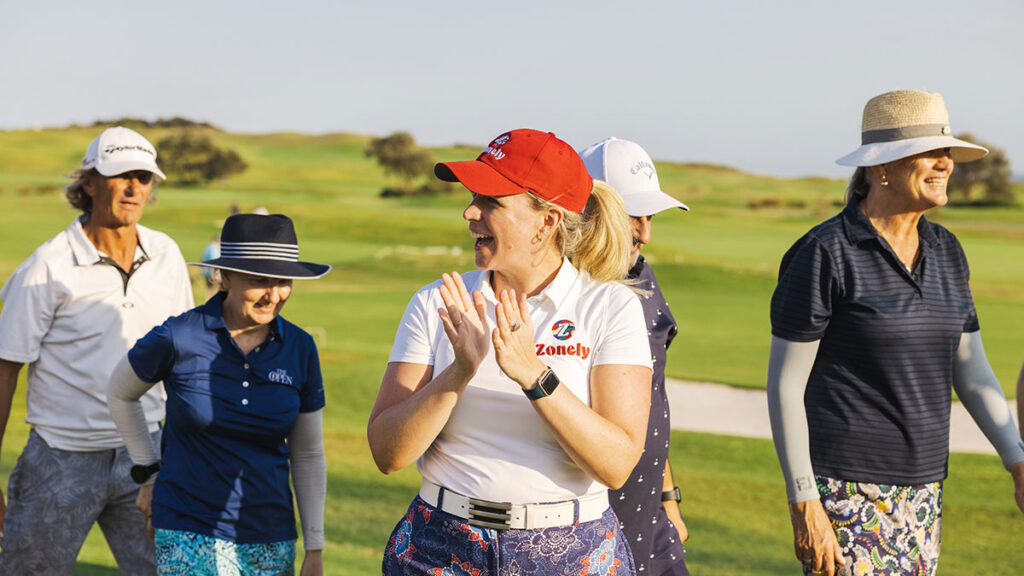
What are some of the other barriers that prevent women from participating?
AN: In my experience with my Zonely golf community, women have a poorer appreciation of their actual golf ability than men. Women will say they are ‘beginners’ and can swing a club and hit a ball better than men who say they have more experience. I found this psychological approach to women’s own abilities striking. In a workplace example, men will say yes to corporate/charity golf days, even when they are beginners, where women will say no because they are beginners. Those new to the game need to understand that most of us are terrible at golf! That’s why it’s such an amazing sport – it is the ultimate leveller. I tell my members, “Everyone is spending all of their time worried about their own poor game to also worry about yours!” But the reality is, golf is a very technical game and it is intimidating. Whether that’s internalised pressure, or pressure from a bad experience they may have had from a rude playing partner in the past. The intimidation factor alone puts many women off. I have had countless conversations with women who are coming to a Zonely game for the very first time and they are terrified (their words) as they have “never played with strangers before”. I assure them that both me and my community will look after them, then they have the best time, are repeat customers and are now telling everyone about the inclusive and encouraging Zonely experience! Men, on the other hand, will just rock up. They would never use the word ‘terrified’. Nervous, perhaps, but not terrified! There are wider societal issues at play here too, and it is about representation and discrimination, brand perception of golf more broadly, utilisation and optimisation of the clubhouse and greenspace and women’s role in domestic life. “You can’t be what you can’t see.” If there aren’t 20 or 30-year-old female members at a club, then it’s unlikely that 20 or 30-year-old women will join. As much as it’s fun to play with people of all ages, the reality is most people have a preference to play with others of a similar age or life phase. Women still take on the majority of the burden of domestic, child-care and carer duties and we see a sharp drop-off in the numbers of women playing from about age 30 until they are past age 50. What about creating a crèche using the existing infrastructure of the clubhouse for local community parents (not just mothers) to use if they want to pop in for a group outing? And if they want to play “three-hole Tuesdays” – my made-up program – then both the parents and their children are catered for, for that 45 minutes. Pick a day when the course and clubhouse are under-utilised and launch a parentally friendly clubhouse. Even without the crèche, more golf clubs need to have an improved, all-day food and beverage offering that is open to the public. We finished a Zonely game on a Sunday at 5:30pm, put our clubs in our cars and when we returned to the clubhouse, it was closed. We couldn’t even get a drink. It was a missed opportunity for us but also to offer dinner on the weekend to the local community. Time is also a major issue. Weekends are the busiest time for most people, which is often taken up with children’s sport and activities. People say to me all the time that “golf takes too long” and I remind them that you can often get around nine holes in less than two hours, which isn’t much longer than the average soccer game. The shorter formats need more promotion now that most people busier than ever. And then there’s the traditional seven-day membership, which can also be price-prohibitive for women who are working part-time. The same can be said for full-time working women who are sometimes not given the chance to play on a Saturday (this does still exist). Gender discrimination is still at play at some courses where there are no women on the board, women don’t have voting rights or full weekly playing rights. If they work full-time, how are they expected to join the ladies day during the week?
KL: Yep. Club culture, antiquated dress codes and that traditional “blokey” environment still remain major barriers for many.
KAK: Golf isn’t offered as a sport at school in many areas. This is a bigger question. But if you can get girls interested and keep them playing through their teens, they are more likely to pick it up later in life. Also, equipment and its cost is a significant barrier. I can’t imagine how many garages in Australia are full of old sets of golf clubs which will never be used. A gathering of unused clubs for beginners could be useful but, of course, this has to happen at a suburban level. I remember a survey was done at some cost on how to encourage women into the sport and, amazingly, it revealed that women were inclined to try a new sport with friends and company, like to gather for a debrief and coffee afterwards. Many women have family and work commitments so, like any person with commitments, clubs have to recognise that timing and work with those parameters. I could have told them that for nothing.
JE: Golf has often been associated with exclusivity, and some women may feel intimidated or unwelcome in this environment. Promote an inclusive and welcoming atmosphere through marketing, outreach efforts and inclusive messaging. Create mentorship programs where experienced female golfers can introduce newcomers to the club and sport. Another barrier is the under-representation of women in leadership positions, golf instruction and marketing. This can discourage female participation. Clubs should actively recruit and promote women in leadership roles and as golf instructors. Showcase female golfers and role models in marketing campaigns to inspire women to get involved in the sport. Many women juggle multiple responsibilities, such as work, family, and care-giving, making it challenging to find time for golf. Offer flexible tee-times, family-friendly events and shorter formats of the game, like six or nine-hole rounds to accommodate busy schedules. Promote golf as an opportunity for relaxation and stress relief. We know golf can be expensive, with costs related to equipment, green fees and memberships. Offer affordable membership options, rental equipment and discounted rates for beginners. Partner with equipment manufacturers or local businesses to provide sponsorship or discounts to female golfers. Some golf clubs have dress codes that can be perceived as restrictive or uncomfortable for women. Re-evaluate dress codes to ensure they are fair and comfortable for all genders. Encourage attire that promotes comfort and performance while maintaining a respectful appearance. Instances of discrimination, harassment, or unwelcome behaviour can deter women from participating. Clubs should establish a zero-tolerance policy for discrimination and harassment. Provide training for staff and members on creating a respectful and inclusive environment. Encourage the reporting of incidents and take swift action to address them. Women may also feel socially isolated if they are one of the few female members at a club. Clubs needs to encourage social interaction through women’s networking events, and social gatherings to foster a sense of community and belonging.
AN: Another thing – when it comes to brand perception, we still see more men playing golf on broadcast media than women. And then there’s LIV Golf, which has been hugely popular for non-golfers and golfers alike, but from a spectator point of view, you just have to look at the images from this year’s LIV Golf event in Adelaide; there is still a much higher ratio of men in attendance. If you didn’t notice, then that is unconscious bias. The other question I still have is: where is the LIV women’s tour? You can’t ‘bolt on’ inclusion, you need to design and build these experiences from the very beginning and the women’s game is a very different product so you can’t expect to copy-and-paste the men’s league. But I’m sure that’s what they might try if it ever happens.
▶ ▶ ▶
What initiatives can be implemented to take women’s golf to the masses?
AN: Meet and greet with current members before joining the club or during beginner programs. And not just the ladies captain! Invite new women into things at the club as a trial before they join to see what is on offer (trivia? What’s on? Music nights? Lunches?).
Flexible memberships for working parents and full-time carers. Family or couple memberships (where the playing rights are split across the whole family or a couple). A much bigger thought is to optimise the existing infrastructure and green space of the club, which I have mentioned earlier. For example, on a Sunday afternoon, allow families to sit on a closed fairway or even the driving range and have a picnic. If people know they can bring their kids to the venue, then that changes the idea that golf clubs are not family friendly. They could buy food from the clubhouse and sit on the fairway/range as there is often less usage of the golf course at that time. Obviously the protection and maintenance of a course is an important concern, however it is possible and many clubs have already tried this during Covid, when courses were busier than ever. Social membership where you can first meet and play with the social club and join afterwards if you felt comfortable. Also, survey your existing female members. What’s missing, in their opinion? What would their friends like to see?
KAK: One program I like is Try Golf. Various types of this program have been set up across Australia. Women sign up for a year or so and have a group lesson once a week and occasionally an on-course lesson. Over that time they can figure out if they will come to love the sport without having a full immediate commitment. If they proceed, the money already spent comes off the joining fee of a full membership.
KL: Again, the Women in Golf Charter is an important part of this piece of work, as is the work Golf Australia is doing with the model framework for clubs and facilities and the newly formed Golf Leaders Network.
JE: Golf clubs can implement initiatives like “Bring a Friend” days, where members can introduce newcomers to the sport, or offer introductory clinics run by female golf professionals. Additionally, scholarship programs and partnerships with local schools can encourage young girls to take up golf as a life-long activity. Collaboration with women’s organisations and business networks such as the Australian Women’s Golf Network can also help clubs connect with potential members.
▶ ▶ ▶
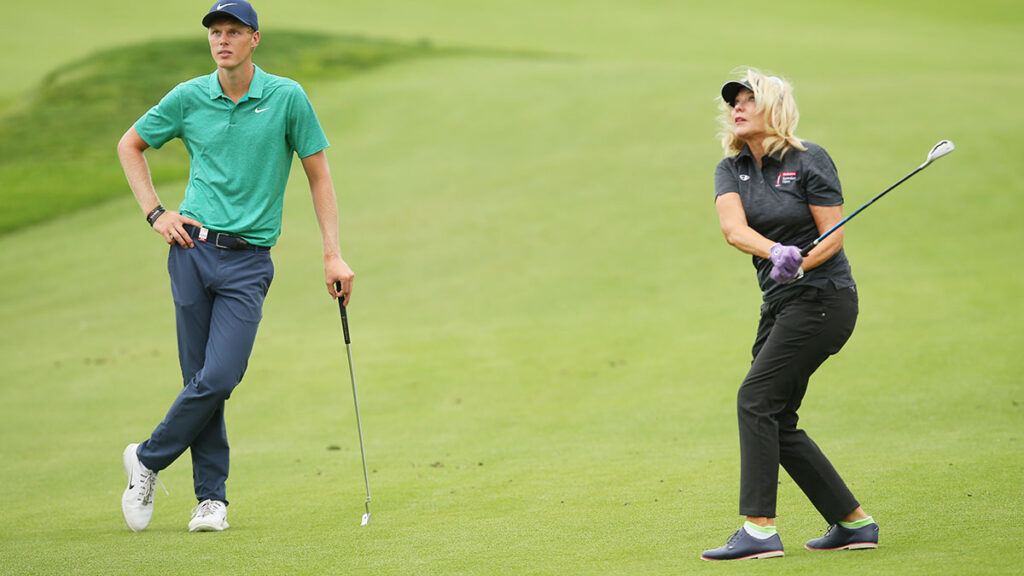
We’ve touched on leadership. What can we do, collectively, to attract more women to leadership positions within golf clubs?
AN: This must come from the top down. There must be a willingness to change from the board if required – this could be a cultural change as well as managerial and operational – and then filter down throughout management, operations and staff where everyone is aligned to the values of gender equality within the golf club. Add diversity and inclusion targets or quotas for the hiring of staff, operational or board members. Create policies and procedures that reflect gender equality within the organisation, so it is part of the governance of the golf club so that if one person leaves, the diversity and inclusion program they might have been responsible for doesn’t leave with them. Have all staff complete diversity and inclusion training and upskill on things like unconscious bias. On a tactical level, testimonials from existing women who work at the club or on the board and use this in marketing, on your website, in social media and in e-mail newsletters. Highlight the good that the women are doing in these roles publicly. Celebrate them and make them more visible. Perhaps clubs could introduce a women’s scholarship to find your next female employee? Offer them training through Golf Australia or PGA pathways. We need male champions and allies at every club; this is not solely the responsibility of women to change the overall equality at golf clubs, but an overall requirement of systemic change for clubs and the sport more broadly.
▶ ▶ ▶
How can clubs better utilise social media to inspire more young women to hit the greens?
JE: Innovative marketing approaches can play a crucial role in engaging and appealing to female golfers, dispelling outdated stereotypes and highlighting the social and professional benefits of golf for women. Produce more video content featuring female golfers discussing their experiences, the benefits they’ve gained from golf, and how the club has supported their journey. Create immersive virtual reality tours of the golf club and course, allowing potential female members to explore the facilities and experience the atmosphere from the comfort of their home. Launch targeted social media campaigns that highlight the social, networking and professional advantages of golf for women. Share user-generated content from female members, including photos, videos, and testimonials. Promote the use of inclusive hashtags like #WomenWhoGolf, #GolfForAll or #WomenOnTheGreen to encourage conversations and content sharing among female golfers. Clubs should also develop interactive online tutorials or webinars led by female golf instructors, covering various aspects of the game and golf-related skills. It’s important to personalise marketing content by tailoring messages and offerings to the interests and needs of different segments of female golfers, such as beginners, working professionals or retirees.
AN: Clubs should definitely be using different marketing channels for content that is more targeted at youth female audiences, particularly social media platforms like TikTok, Instagram and YouTube. Engage with different female social media influencers who make golf cool and trendy, and also make it not just about the golf. Make it social and fun – part education, part entertainment! For example, the collaboration with Golf Australia and Vice with the Go Play Get Hooked video was great, but that was just for men! Where is the women’s version or at least a more gender-diverse cast? Again, another missed opportunity. Sure, Vice represents an audience which is more than just young men, but that’s not what we see in the execution. Work with other local venues that are “gateways” to the golf club – putt-putt, pitch-and-putt or driving ranges – to expand a pathway offering for beginners to then try ‘on course’.
KL: Far from my area of expertise, but role modelling positive behaviours and highlighting and calling out negative ones is important. We need to digitally promote golf as a fun, inclusive and diverse sport, and a sport that meets the needs of women and girls.
▶ ▶ ▶
Do we have enough women instructors teaching golf?
KL: The short answer is no. We really need more female coaches in golf, so hiring a female PGA professional or associate is a good start. Clubs should adopt the many programmes initiated by Golf Australia and the PGA of Australia, along with becoming a signatory to the R&A Women in Golf Charter.
JE: I’d love to see more clubs employ female golf instructors who can relate to and understand the unique needs and concerns of women golfers. These instructors can lead women’s golf clinics and provide one-on-one coaching and host come-and-try days.
▶ ▶ ▶
Any final thoughts on the current state of women’s golf?
KL: I think the challenge in golf is mainly at club level. Research is telling us that women want to give golf a go, but want to do it in a more relaxed, fun and nurturing environment. Many women and girls are starting their golf journey not at traditional golf clubs but at other locations running alternative formats of the game.
KAK: Golf is a sport that means something different to many people. It is just recognising who wants to play and at what level. It shouldn’t be that hard.
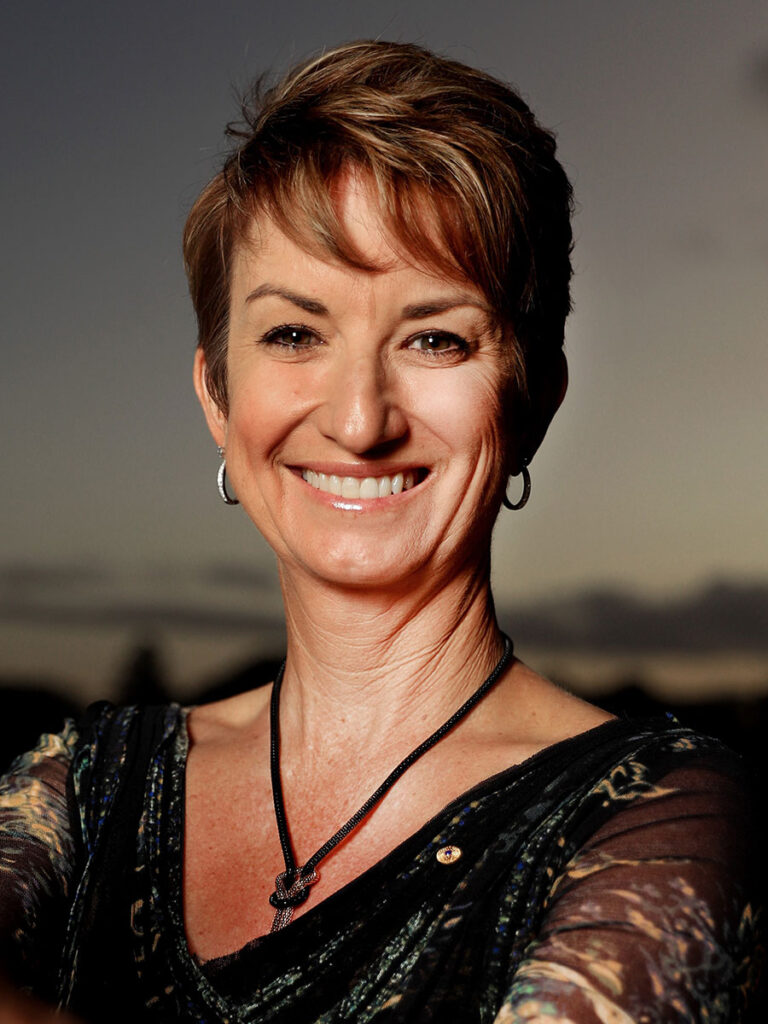
“On the topic of women’s professional golf, I’d like the tours to get back to some normalcy, whatever that is, because I feel like the momentum that the game got through the pandemic, all that positive momentum, the reflection on the game with the PGA Tour and LIV Golf being all about money wasn’t a positive look for the sport. The sooner that’s out of the headlines, the better. People are going to be well compensated on both sides. I’d just like it to be over and done with and not have to talk about it. I don’t see how the LPGA benefits from any of it, but you never know. PGA Tour commissioner Jay Monahan keeps saying that the PGA Tour wants to work with the LPGA. But, just like for many years, everyone said, “We’re going to focus on growing the women’s game.” It was all talk for many, many years until there was actual action behind it. Until there’s any sort of action behind this proposed new ecosystem for professional golf, I think it’s all just talk right now.”
— Editor’s Noter
Getty images: Don Arnold and Jason McCawley



